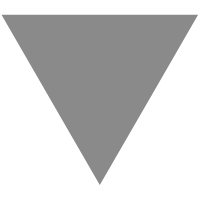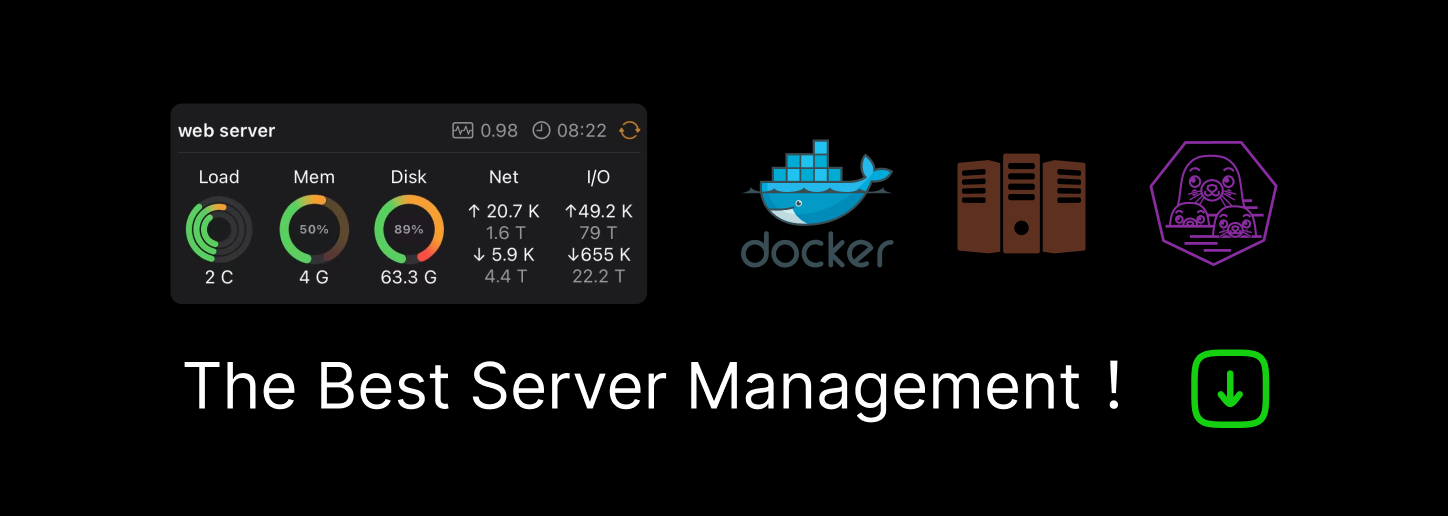

The Over-engaged Knowledge Worker
source link: https://www.ianbicking.org/blog/2019/01/overengaged-knowledge-worker.html
Go to the source link to view the article. You can view the picture content, updated content and better typesetting reading experience. If the link is broken, please click the button below to view the snapshot at that time.

The Over-engaged Knowledge Worker
I recently listened to a discussion of knowledge work in the browser. Along the way people imagined idealized workflows and the tools that could enable them. This result felt familiar from concept videos since forever (such as this old Mozilla concept video):
The result featured lots of jet-setting highly engaged people deep in collaboration. For instance: Joe sends his friend a mortgage refinancing proposal to get feedback.
None of my friends have ever just blasted a mortgage refinancing proposal to me for a quick review. Thank god. But I’ve gotten similar requests, we all have, and nobody wants to receive these things. Usually the request sits guiltily in my inbox, mocking me and my purported friendship. If it’s job-related I will eventually get to even the work I loathe, but there’s always a particular pile of work that haunts me. This is not engagement.
This is the reality of knowledge work that none of these conceptualizations address: it’s hard (in very specific ways), some of it we don’t want to do, and the work we don’t want to do piles up and becomes dominant simply because it remains undone.
Our real work looks different than how we idealize our work: work items are smaller, less impactful, higher-touch, and collaboration spreads work out over time, decreasing personal engagement. We also imagine situations where people are much more actively engaged as a total percentage of their interactions, while we spend a lot of time passively receiving information, or simply deciding: what, if anything, should I react to?
So then what?
So how might we approach idea generation around knowledge work without idealizing the knowledge worker?
We could still go too far into acceptance. We’d build solitaire into the browser, the ultimate knowledge worker tool. It’s what people want! People shouldn’t have to pick up their phones to be distracted, we should keep the web as the universal distraction platform it was always meant to be. Oops, I make the mistake of thinking phone-vs-web, rather we should focus on providing distraction continuity across all your platforms. Sorry, this sarcasm is becoming uncomfortable…
I’m not sure a distraction tool is wrong. Giving people a mental break when they want it, but without trying to capture those people, could be positive. The web is full of mental breaks, but they aren’t “breaks”, they are manufactured to hold onto attention long after the needed break has finished.
But if we don’t build engagement tools (because people aren’t looking to be more engaged) and we don’t build distraction tools (because a web browser is already a sufficiently good distraction tool), what do we build?
I think there’s more opportunity in accepting the mentally fatigued and distracted state of knowledge workers, and working from that instead of against it. With that in mind I’d break down the problem into a few categories:
- Reduce the drain of knowledge work, so that distractions are less necessary.
- Support positive mental relaxation.
- Support continuity of mental effort; make it easier to get back on track.
And I’d leave out:
- Efficiency: usually efficiency means speed, number of steps, integrations, and so it calls for higher engagement. We care about efficiency, but only the efficient use of mental resources.
- Blocking distractions: people want something out of distractions, and while we might aspire to replace distractions it’s probably unsustainable to block those distractions. Blocking is like starting an exercise plan by getting rid of all your chairs.
- Communication and collaboration: even if distractions don’t break your continuity, collaboration will! Collaboration is obviously an interesting space, but you can’t do anything without pulling your collaborators into yet another tool. Trying to convert other people to a new way of working is not mentally relaxing.
Here’s where I throw my hands up and admit that I don’t have solutions to these problems, just a new problem statement.
But it does point in some different directions: how do we support a continuity of intention across a long task? In the context of the browser, how do we contextualize pages and interactions inside some abstract task? How do we clarify context? If the human is forced to multitask, can the multitasking tools be grounding instead of stretching us out?
The resulting exploration is not one that constructs an enviable user. It’s a user with virtual piles of papers on their desk with a PB&J forgetten a third of the way down, with a People Magazine placed sneakily inside an important report, with a pile of mail and every single piece is marked Urgent: Open Immediately. People aren’t always knolling… but maybe we could be.
Hacker News comments for the curious.
Comments
SteveFinkThu, 31 Jan 2019The irony. Your blog post at first appeared to be the perfect temporary distraction that would not pull me in, but it got too interesting and I started thinking about it... what was I working on, again?
Please keep your writing less interesting in the future. Thanks in advance.
Recommend
-
 43
43
The hard work isn’t over just because your app has racked up a ton of downloads and positive reviews on the Google Play store. Your typical mobile user has dozens of apps installed on their device, and with new...
-
 59
59
When you as a Zalando employee engage in open source communities as part of your work, you will interact with the wider open source communities outside Zalando - this is generally a good experience and collaborating with...
-
 12
12
TikTok Adds 'Year in Review' Option to Highlight the Clips That You Engaged with Throughout the Year It may be the year that many want to forget, but 2020 hasn't been all bad, with people also...
-
 7
7
Creative Tips to Get Viewers to Be More Engaged on Your Instagram Live Broadcast Image Credit: DepositPhotos The ability of viewers to comment, like, and ask questions mak...
-
 11
11
6 Questions that Keep Your Team Engaged During Remote Meetings As of writing this post, we’re exactly nine months into working remotely due to COVID19. What I miss most is the ease of face-to-face meetings and that im...
-
 6
6
Engaged Crossing Threshold Marketings Engagement PDF F4c3fba34 January 15, 2021 | By tiffany | Fi...
-
 12
12
Tesla worker files suit over 'nightmarish' harassmentPublished3 hours agoImage source, Getty ImagesFemale workers at Tesla's Fremont factory in California face "nightmarish" co...
-
 7
7
9 Ways to Boost Knowledge Worker Engagement ...
-
 4
4
Tesla ordered to pay over $3 million to ex-worker in racism caseKey PointsIn this article
-
 6
6
Tesla: Carmaker told to pay ex-worker $3.2m over racism casePublished20 hours ago
About Joyk
Aggregate valuable and interesting links.
Joyk means Joy of geeK